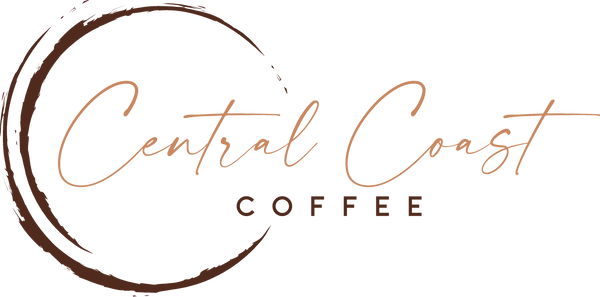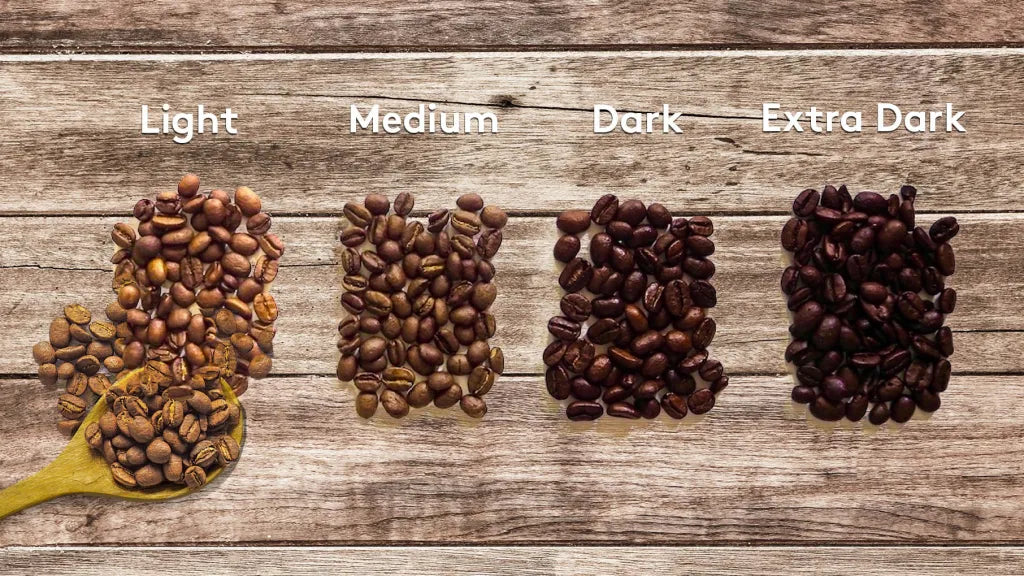The journey of coffee, from its ancient Ethiopian origins to the aromatic espresso shots in your local café, is a rich tapestry woven with innovation, economics, and a profound love for the bean. Over centuries, this journey has been marked by distinct 'waves,' each revolutionizing how we consume and enjoy coffee. Let's embark on a detailed exploration of these waves and the unparalleled transformation they brought to our coffee cups.
Part 1: The First Wave - Democratizing the Brew
1.1 The Dawn of Accessible Coffee
The first wave of coffee was less about the connoisseurship and more about accessibility and convenience. Post World War II, companies like Folgers, Maxwell House, and others became household names, not for offering aromatic blends or exotic beans, but for bringing coffee to the masses.
1.2 Characteristics and Criticisms
Characterized primarily by its focus on mass production, the first wave paid little attention to the origins, flavor profiles, or unique characteristics of the beans. It was the era of "instant coffee" - freeze-dried or powdered mixtures promising a consistent and hassle-free cup. However, this came at a cost: the subtle flavors and qualities of different beans were overshadowed by a generic, often bitter taste, leaving coffee enthusiasts yearning for more.
1.3 The Market Dynamics
This wave dominated the market dynamics of the time, laying the groundwork for coffee's global commercial success. It established coffee as an essential household item rather than a luxury, creating a massive shift in consumer behavior and setting the stage for the waves that followed.
Part 2: The Second Wave - A Cultural Revolution
2.1 Introduction to Specialty
The second wave emerged as a response to the first, initiated by brands like Starbucks, Peet’s Coffee & Tea, and similar chains that introduced consumers to a higher grade of coffee. It wasn't just about the brew anymore; it was about the experience - the ambiance of the coffee shop, the sophistication of the drink varieties, and the notion of coffee as part of a lifestyle.
2.2 Espresso Yourself: The Rise of Coffeehouses
During this period, we witnessed the proliferation of coffeehouses, each with their unique themes, offering a plethora of beverages - lattes, cappuccinos, macchiatos - terms that became a part of the common vernacular. The second wave also saw the birth of coffee as a social experience, transforming coffee shops into meeting hubs.
2.3 Quality and Critiques
While the second wave did bring attention to bean quality and origin, purists argue it was often overshadowed by the commercial aspects. The beans were generally over-roasted, and the subtlety of flavors lost beneath syrups, creams, and sweeteners. Nonetheless, it served as a gateway for many into the broader world of coffee.
Part 3: The Third Wave - Artisanal Enlightenment
3.1 The Pursuit of Coffee Perfection
The third wave is a movement determined to regard coffee as an artisanal product, not unlike wine. This wave sees cafes sourcing their beans directly from farms, highlighting the bean's origin, the farmer's story, and the unique flavors of each harvest.
3.2 From Bean to Cup: The Detailed Process
Transparency is key in the third wave. Everything from the growing, harvesting, and processing methods, to the precise art of brewing is given meticulous attention. This wave has introduced coffee drinkers to an array of brewing methods like pour-over, cold brew, and AeroPress, each promising to extract the most exquisite flavors from the beans.
3.3 Empowering the Producers
Another significant aspect of the third wave is its focus on fair trade and sustainability, ensuring better practices in coffee sourcing and improving living standards for farmers across the globe. This ethical consciousness around coffee production has resonated with a new generation of consumers, further propelling the third wave's popularity.
3.4 Specialty Coffee Today
Today, third-wave coffee shops continue to flourish. The Specialty Coffee Association, barista championships, and cupping sessions are a testament to the thriving culture. Coffee in the third wave is about a return to the basics - it's about the bean, the roast, and the complex array of flavors that a single cup of coffee can deliver.
If you looking for Third Wave Coffee, check out our coffee here

